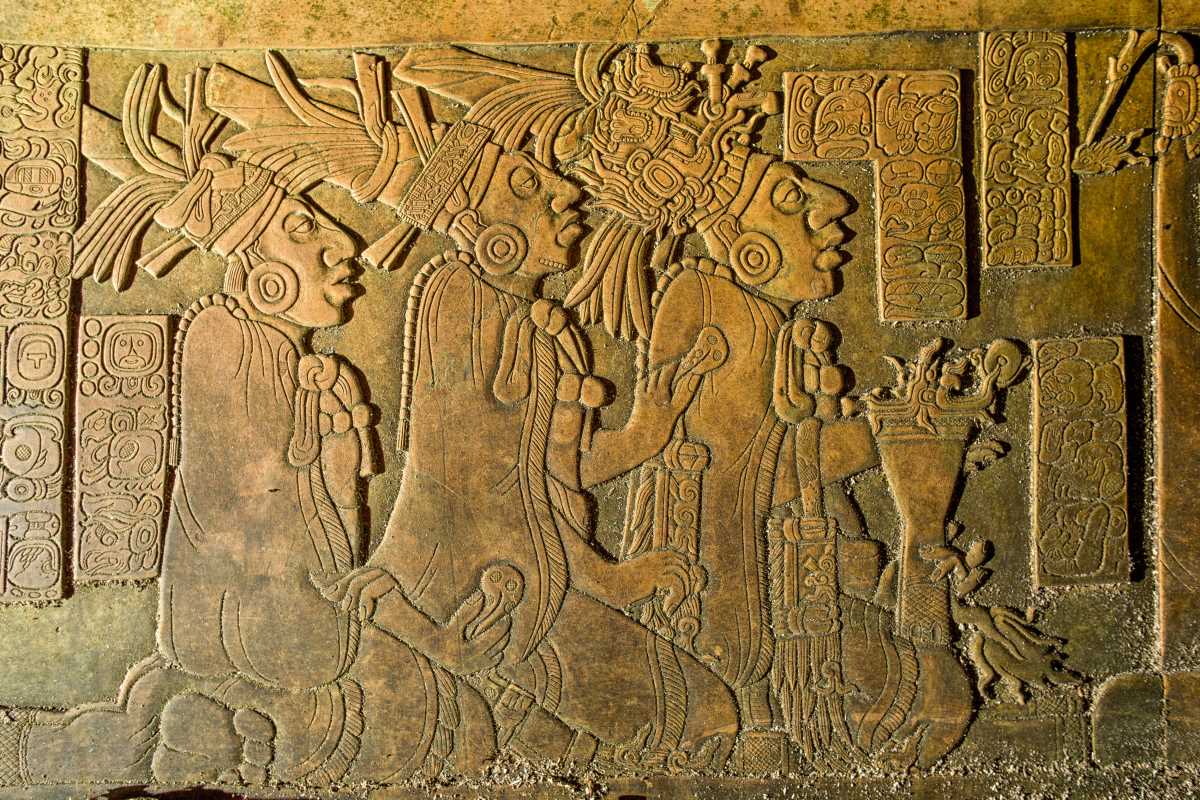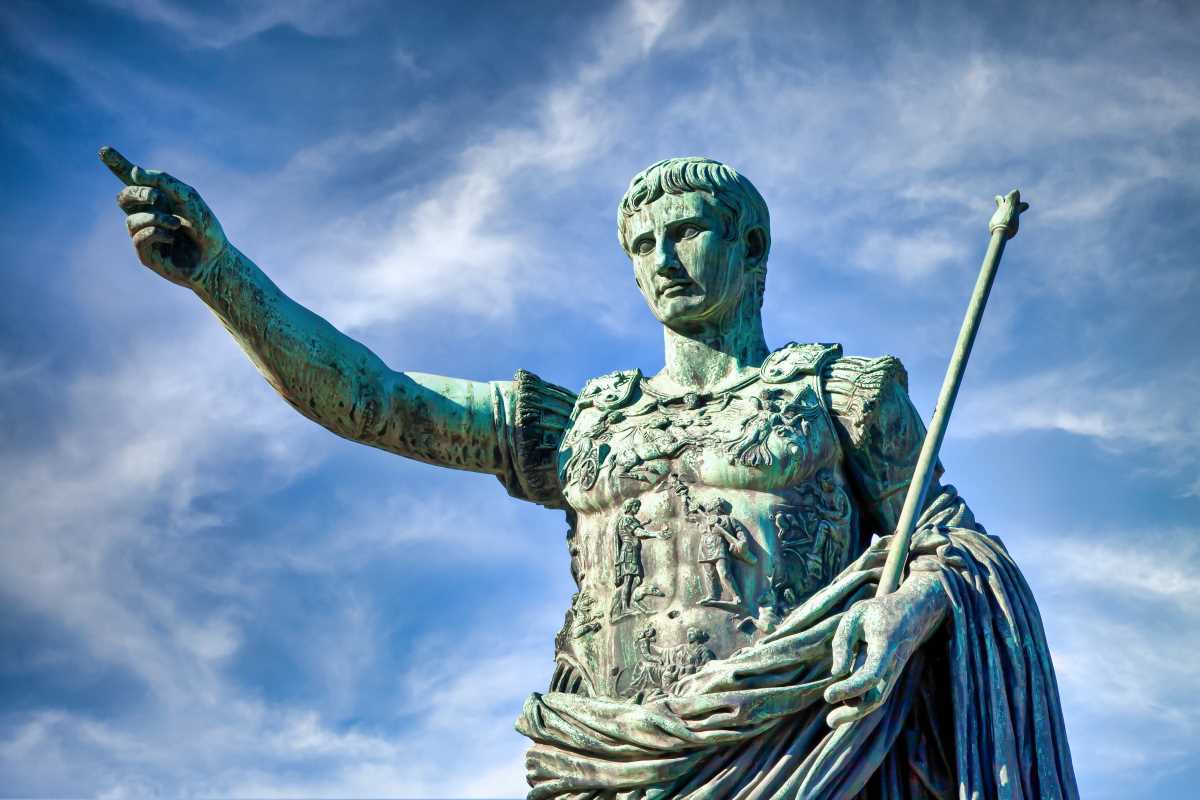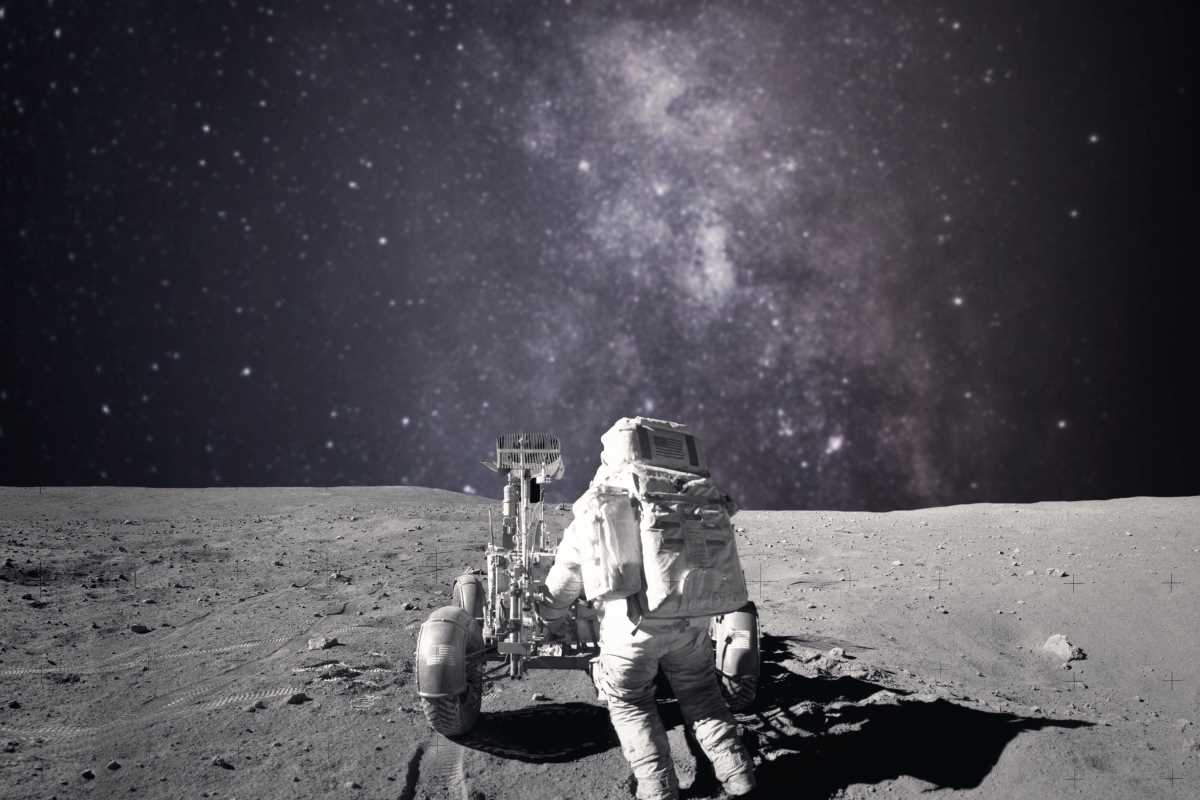History is full of mysteries, but few are as captivating as the stories of ancient civilizations that simply vanished. These were once thriving societies that built cities, traded goods, developed unique cultures, and left behind fascinating relics. Yet, at some point, they disappeared, leaving us with more questions than answers. What happened to these people? Did natural disasters wipe them out? Did they migrate elsewhere, or were there darker forces at play? Scientists and historians have pieced together theories, but in many cases, the truth remains elusive. Today, we’ll take a deep dive into some of the most puzzling civilizations that have vanished without a trace and explore what may have caused their downfall.
The Mysterious Maya
The ancient Maya were one of the greatest civilizations of Mesoamerica, flourishing in parts of modern-day Mexico, Guatemala, Belize, Honduras, and El Salvador. They built massive pyramids, developed a sophisticated writing system, and created a precise calendar that still amazes scholars today. But by 900 CE, the Maya cities in the southern lowlands had been mostly abandoned.
What happened? There’s no single answer, but experts suggest a mix of reasons. One major theory is environmental collapse. Droughts may have made farming difficult, leading to a food shortage. The Maya relied heavily on corn, and without sufficient rainfall, they likely struggled to sustain their population. Other possibilities include political unrest and warfare between city-states. Some experts even think their complex society became too much to manage, leading to internal decline. While smaller Maya groups remained and continue to exist today, their mighty cities fell silent.
The Indus Valley Civilization
Occupying what is now Pakistan and northwest India, the Indus Valley Civilization thrived around 3300-1300 BCE. Known for its advanced urban planning, this civilization boasted cities like Mohenjo-Daro and Harappa, which featured grid-like streets, brick homes, public baths, and even early plumbing systems.
Unfortunately, by 1900 BCE, the civilization began to crumble. Why? Many believe climate change played a role. Evidence suggests that the rivers they relied on, such as the once-mighty Sarasvati, began to dry up or change course. Without access to water for farming and daily life, entire cities may have been forced to relocate or abandon the area.
There’s also evidence of declining trade networks, which would have hurt their economy. Adding to the mystery, we still can’t fully decipher their writing system, leaving much of their history locked away. Despite having clear signs of organization and innovation, the Indus Valley Civilization simply faded, and its legacy is a giant question mark in human history.
The Lost Ancestral Puebloans
The Ancestral Puebloans, also known as the Anasazi, lived in the Four Corners region of the United States, where Arizona, Colorado, New Mexico, and Utah meet. They built incredible cliff dwellings like those at Mesa Verde and Chaco Canyon around 1200 CE, turning desert landscapes into hubs of activity through irrigation and ingenuity.
Yet, by the late 13th century, most of their settlements were abandoned. Scholars think environmental factors, particularly a mega-drought, were a major reason. Imagine trying to farm and find water in a desert that was already tough to live in, only to face decades of almost no rain. That’d force anyone to reconsider staying put.
Another factor might have been social strife. Evidence points to increasing conflict and dwindling resources, possibly sparking violent disputes or migrations. The people didn’t necessarily disappear; it’s believed they joined other Native American groups in surrounding areas. Still, their cities became ghost towns, and their exact reasons for leaving remain unknown.
The Vanishing of the Rapa Nui on Easter Island
Easter Island, or Rapa Nui, is famous for its moai statues—those massive stone heads gazing out toward the horizon. The Polynesian people who lived here, starting around 1200 CE, created a thriving society despite the island's small size and isolation. But when Europeans arrived in 1722, they found a society in steep decline.
What caused this collapse? One theory blames deforestation. The islanders cut down too many trees, which were crucial for building canoes and transporting their giant statues. Without trees, food production and fishing may have suffered, leading to famine. Overpopulation may have made things worse, as the small island struggled to support too many people.
Other theories add external factors, like European contact bringing diseases or slave raids devastating the population. Whatever the cause, the towering moai stand as a haunting reminder of this lost civilization.
Cahokia and Its Sudden Decline
Little-known to most, Cahokia was a massive Native American city near modern-day St. Louis, Missouri. Between 1050 and 1350 CE, it was a bustling metropolis with large earthen mounds, plazas, and a population that may have reached 20,000, larger than many European cities at the time. Cahokia was incredibly advanced for its era, with a complex social system and vast trade networks.
But by the 1400s, the city was abandoned. Theories about its disappearance include environmental degradation, overhunting, deforestation, and flooding of the Mississippi River. With a population that grew so quickly, resources may have simply run out. Conflict or disease could have also played a part, but there’s no definitive evidence. Today, little remains except the mounds, a quiet testament to Cahokia’s former glory.
These civilizations may have vanished, but they still teach us valuable lessons. Whether it’s the importance of conserving resources, the dangers of becoming dependent on fragile systems, or the impact of unpredictable environments, their stories continue to resonate. They remind us how powerful and vulnerable societies can be, even at their height.
 (Image via
(Image via





